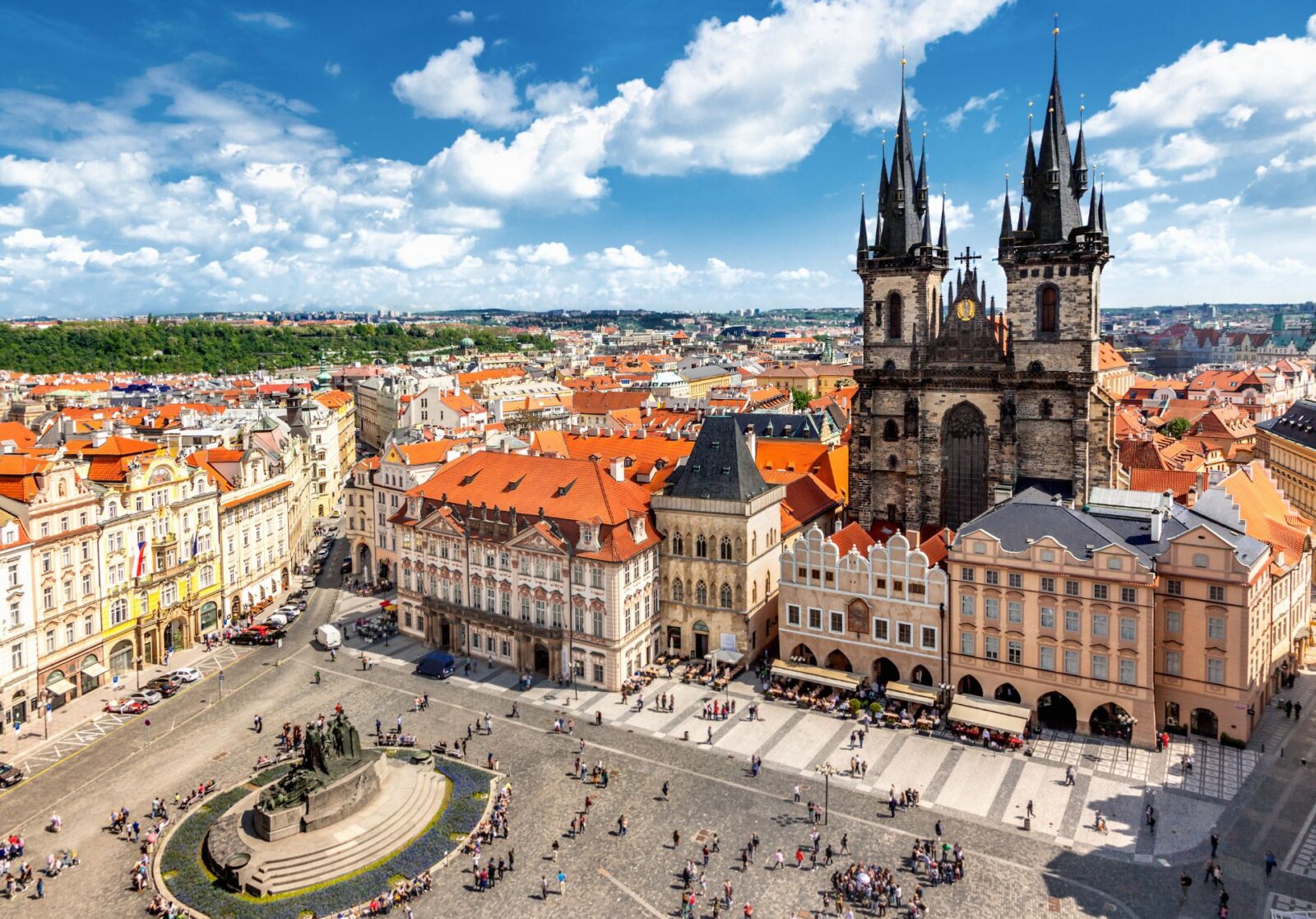Prague’s Old Town stands as one of Europe’s most enchanting medieval urban centers, captivating visitors with its architectural splendor and rich historical legacy. Dating back to the 9th century, this UNESCO World Heritage site represents the heart of the Czech Republic’s capital, offering an immersive journey through centuries of European history.
Historical Evolution
The foundations of Prague’s Old Town were laid during the 9th century when merchants and craftsmen began settling around the crossroads of important trade routes. By the 12th century, it had evolved into a proper medieval town, receiving official township rights in 1231 under King Wenceslas I. This designation marked the beginning of its transformation into a powerful economic and cultural center.
In 1338, the Old Town experienced a significant milestone with the construction of the Old Town Hall, which would later become home to the world-famous Astronomical Clock. Throughout the centuries, the district survived numerous conflicts, including the Hussite Wars and the Thirty Years’ War, emerging each time with renewed vigor and architectural enrichment.
Architectural Marvels
Old Town Square
At the heart of the district lies the Old Town Square (Staroměstské náměstí), spanning approximately 9,000 square meters. This spacious marketplace has witnessed countless historical events and remains one of Europe’s most beautiful urban spaces. The square is surrounded by buildings representing various architectural styles:
- Gothic Týn Church (14th-15th centuries)
- Baroque St. Nicholas Church (18th century)
- Rococo Kinský Palace (18th century)
- Houses with Renaissance and Baroque facades
The Astronomical Clock
Perhaps the most famous attraction is the Prague Astronomical Clock (Orloj), installed in 1410. This mechanical marvel is the oldest functioning astronomical clock in the world, displaying various astronomical and astrological details, including the relative positions of the Sun, Moon, zodiacal constellations, and major planets.
Cultural Significance
Jewish Quarter
Adjacent to the Old Town lies Josefov, the preserved Jewish Quarter. This area contains six synagogues, including the oldest active synagogue in Europe, the Old-New Synagogue (built in 1270). The Jewish Quarter’s preservation offers crucial insights into Jewish life in medieval Europe and stands as a powerful memorial to the Jewish community’s history in Prague.
Modern Cultural Hub
Today, Old Town Prague seamlessly blends its historical significance with contemporary culture. The district hosts:
- Over 50 art galleries and museums
- More than 100 traditional Czech restaurants
- Numerous concert venues featuring classical music performances
- Regular cultural festivals and markets
Economic Impact
Tourism statistics demonstrate Old Town’s significant economic importance:
- Attracts over 8 million visitors annually
- Generates approximately 20% of Prague’s total tourism revenue
- Supports over 5,000 local jobs in hospitality and tourism
- Houses more than 300 small businesses and shops
Preservation Efforts
The Czech government, in collaboration with UNESCO, has implemented strict preservation guidelines to maintain the district’s historical integrity. Recent initiatives include:
- A comprehensive restoration program launched in 2018
- Installation of modern monitoring systems to track structural stability
- Restrictions on vehicle traffic to reduce environmental impact
- Regular maintenance of historical facades and cobblestone streets
Modern Challenges
Despite its charm, Old Town faces several contemporary challenges:
- Balancing tourism demands with local residential needs
- Managing the effects of overtourism during peak seasons
- Preserving authentic local culture amid commercial pressures
- Implementing sustainable tourism practices
Prague’s Old Town represents an extraordinary fusion of historical preservation and modern vitality. Its carefully maintained medieval architecture, rich cultural heritage, and vibrant contemporary life make it not just a tourist destination but a living museum of European history. The district’s successful balance of preservation and progress serves as a model for historical urban centers worldwide, though ongoing challenges remind us that maintaining this balance requires continuous attention and adaptation. As Old Town moves forward, its ability to preserve its authentic character while embracing contemporary needs will determine its success in remaining one of Europe’s most captivating historical districts.
 Vacation Rentals in CZ
Vacation Rentals in CZ